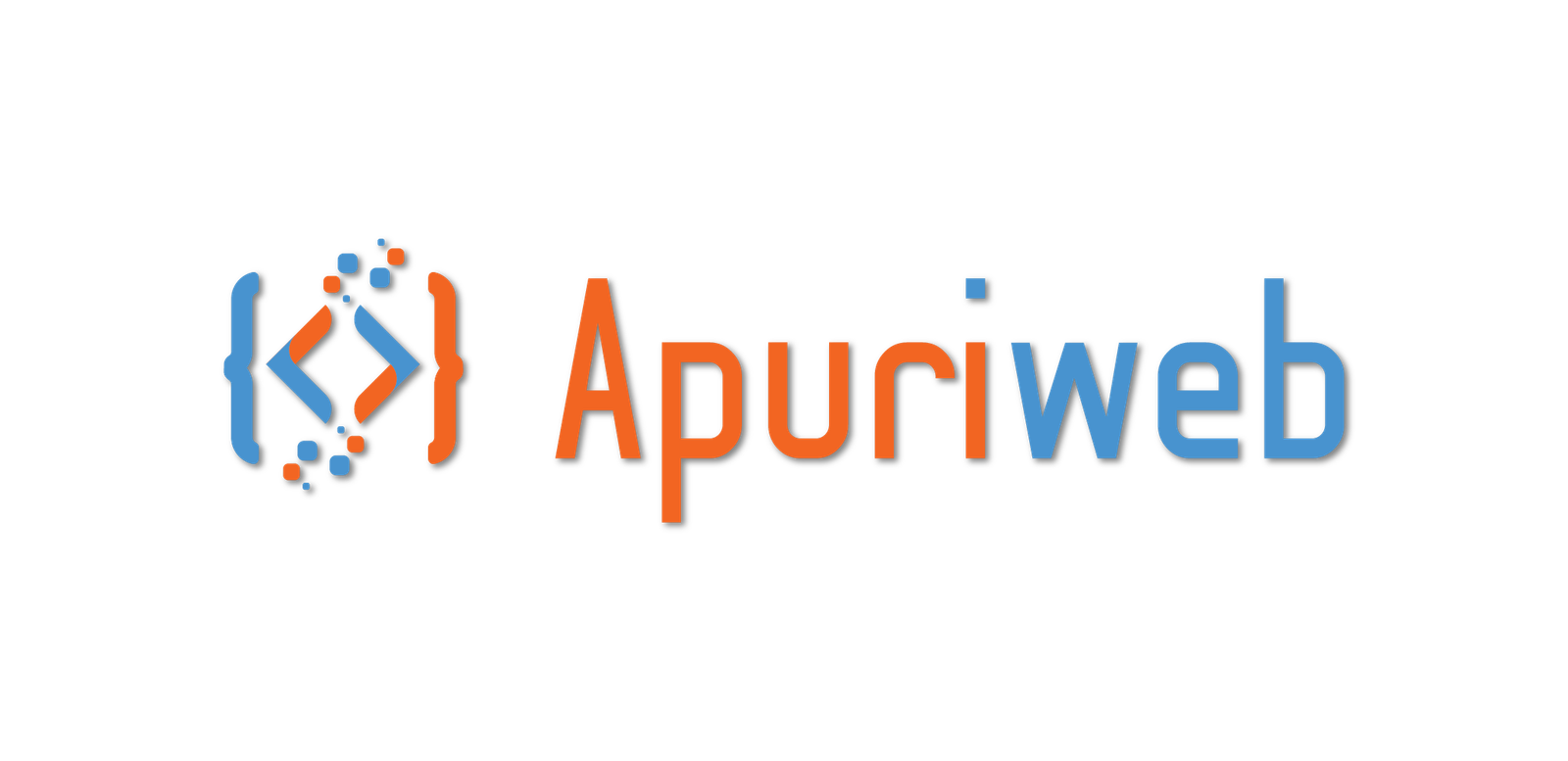
Front-end technologies refer to the technologies used to build the user interface and the user-facing components of a website or application. These technologies typically run in a web browser and are responsible for rendering the visual elements and enabling user interactions. Here are some popular frontend technologies:
HTML (Hypertext Markup Language):
HTML is the standard markup language used for structuring and presenting content on the web. It defines the structure of web pages using elements such as headings, paragraphs, links, images, etc.
CSS (Cascading Style Sheets):
CSS is used for styling the HTML elements and controlling their visual appearance. It allows you to define colors, fonts, layouts, and other visual properties of the web page.
JavaScript:
JavaScript is a programming language that enables dynamic and interactive behavior on the front end. It is widely used for adding interactivity, handling user events, manipulating the DOM (Document Object Model), and making asynchronous requests to servers (AJAX).
React:
React is a popular JavaScript library for building user interfaces. It allows developers to create reusable UI components and efficiently update the UI when data changes. React uses a virtual DOM for efficient rendering and provides a declarative syntax for defining UI elements.
Angular:
Angular is a TypeScript-based framework developed by Google. It provides a full-featured platform for building web applications. Angular offers a powerful set of tools and features for managing complex application logic, data binding, dependency injection, and routing.
Vue.js:
Vue.js is a progressive JavaScript framework that is often compared to React and Angular. It is designed to be incrementally adoptable, allowing developers to add Vue.js components to existing projects. Vue.js provides a simple and intuitive syntax and focuses on the view layer of an application.
TypeScript: TypeScript is a superset of JavaScript that adds static typing and other features to enhance the development experience. It helps catch errors during development and provides better tooling support for large-scale projects. TypeScript code is transpired into JavaScript and can be used with any JavaScript framework.
Bootstrap: Bootstrap is a popular CSS framework that provides a collection of pre-designed CSS and JavaScript components. It simplifies the process of building responsive and mobile-first websites by offering ready-to-use styles and layout components.
SASS/SCSS: SASS (Syntactically Awesome Style Sheets) and SCSS (Sassy CSS) are CSS preprocessors that extend the functionality of CSS. They introduce features like variables, mixins, nesting, and more, making CSS code more maintainable and modular.
GraphQL: GraphQL is a query language for APIs and a runtime for executing those queries. It allows frontend developers to specify the data requirements of their applications and retrieve only the required data from the server, reducing over-fetching and under-fetching of data.
These are just some of the popular front-end technologies, and new ones emerge frequently as the web development landscape evolves.
